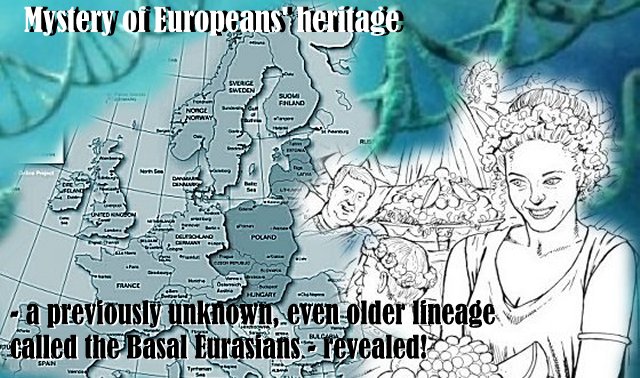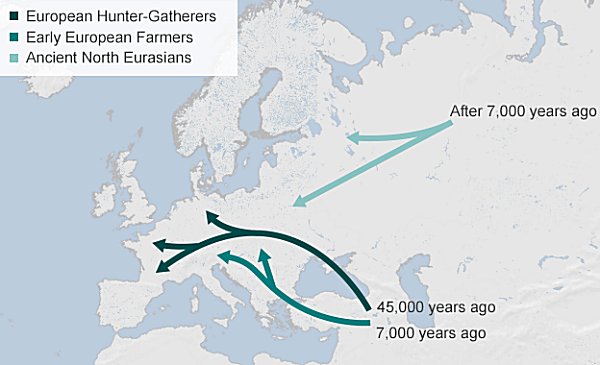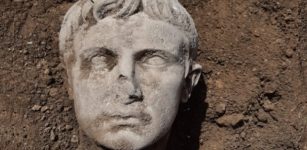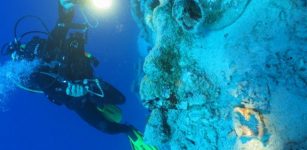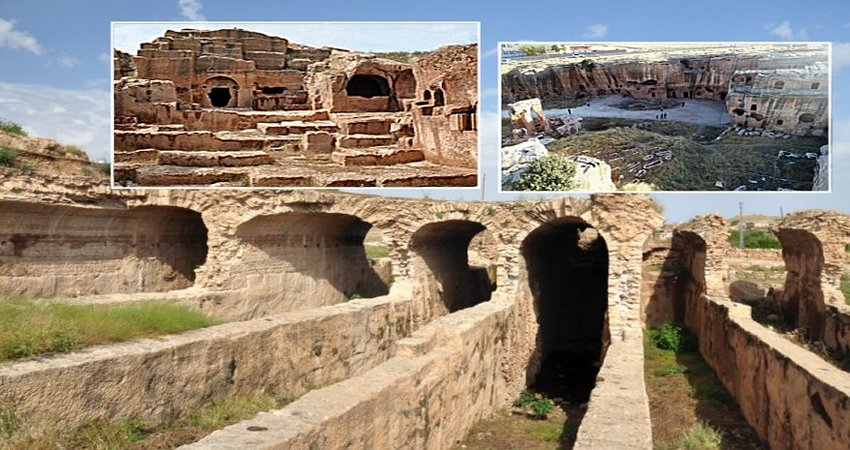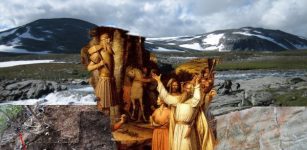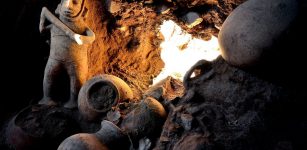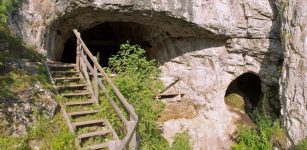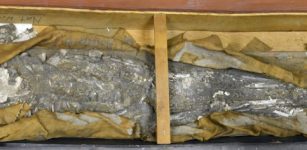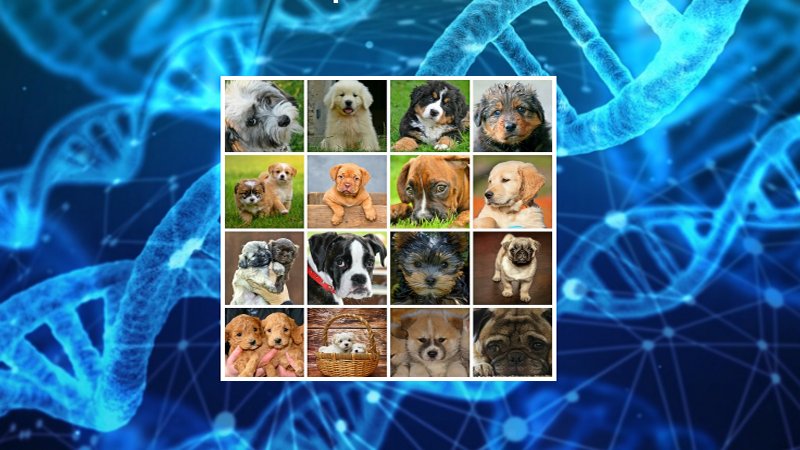Modern Europeans Descended From At Least Three Ancient Populations Within The Last 7,000 Years
MessageToEagle.com – The modern European descended from the mixing at least 3, not 2, ancient populations within the last 7,000 years, according to a study published in the journal Nature.
Recent genetic analysis conducted by researchers at Harvard Medical School and the University of Tübingen in Germany has now documented a genetic contribution from a third ancestor: Ancient North Eurasians.
This group appears to have contributed DNA to present-day Europeans as well as to the people who traveled across the Bering Strait into the Americas more than 15,000 years ago.
“Prior to this paper, the models we had for European ancestry were two-way mixtures. We show that there are three groups. “This also explains the recently discovered genetic connection between Europeans and Native Americans.
“The same Ancient North Eurasian group contributed to both of them,” ” said David Reich, professor of genetics at HMS and co-senior author of the study.
The research team also discovered that ancient Near Eastern farmers and their European descendants can trace much of their ancestry to a previously unknown, even older lineage called the Basal Eurasians.
To probe the ongoing mystery of Europeans’ heritage and their relationships to the rest of the world, the international research team collected and sequenced the DNA of more than 2,300 present-day people from around the world and of nine ancient humans from Sweden, Luxembourg and Germany.
The ancient bones came from eight hunter-gatherers who lived about 8,000 years ago, before the arrival of farming, and one farmer from about 7,000 years ago.
The researchers also incorporated into their study genetic sequences previously gathered from ancient humans of the same time period, including early farmers such as Ötzi “the Iceman.”
There was a sharp genetic transition between the hunter-gatherers and the farmers, reflecting a major movement of new people into Europe from the Near East.”
Ancient North Eurasian DNA wasn’t found in either the hunter-gatherers or the early farmers, suggesting the Ancient North Eurasians arrived in the area later, Reich said.
See also:
Our DNA Less ‘Human’ Than Scientists Previously Thought
DNA Study Reveals How Europe’s Hunter-Gatherers Adapted To A New Way Of Life – Farming
“Nearly all Europeans have ancestry from all three ancestral groups,” said Iosif Lazaridis, a research fellow in genetics in Reich’s lab and first author of the paper.
“Differences between them are due to the relative proportions of ancestry. Northern Europeans have more hunter-gatherer ancestry-up to about 50 percent in Lithuanians-and Southern Europeans have more farmer ancestry.”
“The Ancient North Eurasian ancestry is proportionally the smallest component everywhere in Europe, never more than 20 percent, but we find it in nearly every European group we’ve studied and also in populations from the Caucasus and Near East. A profound transformation must have taken place in West Eurasia” after farming arrived.
When this research was conducted, Ancient North Eurasians were a “ghost population”-an ancient group known only through the traces it left in the DNA of present-day people. Then, in January, a separate group of archaeologists found the physical remains of two Ancient North Eurasians in Siberia.
The team worked with the limited number of ancient DNA samples; however researchers believe there could easily be more than three ancient groups who contributed to today’s European genetic profile.
He and his colleagues found that the three-way model doesn’t tell the whole story for certain regions of Europe. Mediterranean groups such as the Maltese, as well as Ashkenazi Jews, had more Near East ancestry than anticipated, while far northeastern Europeans such as Finns and the Saami, as well as some northern Russians, had more East Asian ancestry in the mix. The most surprising for the research team was the discovery of the Basal Eurasians.
“This deep lineage of non-African ancestry branched off before all the other non-Africans branched off from one another,” Reich said.
“Before Australian Aborigines and New Guineans and South Indians and Native Americans and other indigenous hunter-gatherers split, they split from Basal Eurasians. This reconciled some contradictory pieces of information for us.”
Next, the team wants to figure out when the Ancient North Eurasians arrived in Europe and to find ancient DNA from the Basal Eurasians.
Researchers will continue to use a powerful technology – ancient DNA sequencing – in order to go back in time to places where many demographic events of crucial importance for human history took place.
MessageToEagle.com

